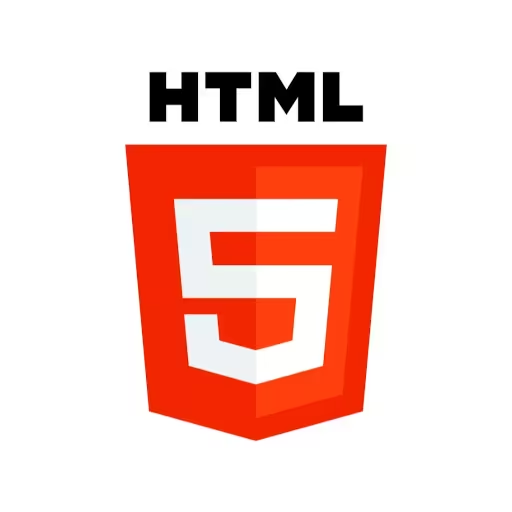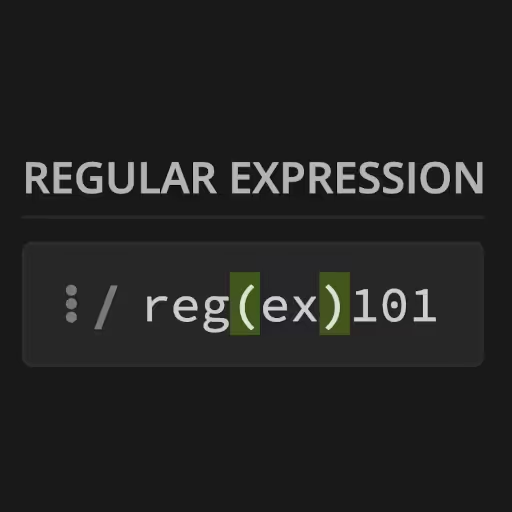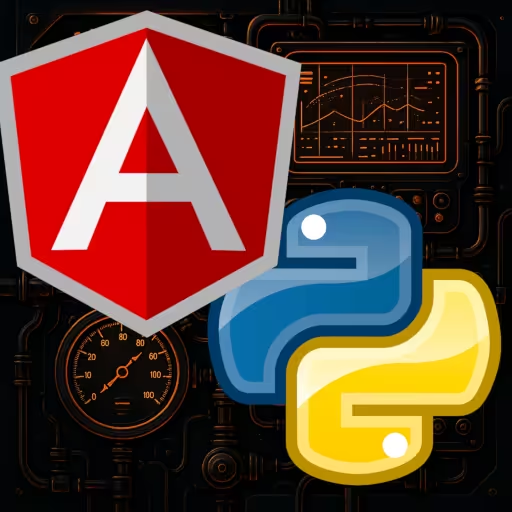Mastering Tailwind CSS: Grid, Components, Vite Integration, and More
Tailwind CSS is one of the most popular utility-first CSS frameworks in modern web development. It emphasizes atomic class names and design constraints that make code easier to scale and maintain. In this guide, we explore the most searched and trending topics around Tailwind CSS—including its UI kits, layout techniques, forms, animations, and how it integrates with build tools like Vite.
Tailwind CSS
Tailwind CSS is a utility-first framework where styles are composed directly in your HTML using predefined class names. Instead of writing:
.button {
background-color: blue;
padding: 1rem;
border-radius: 0.5rem;
}you write:
<button class="bg-blue-500 px-4 py-2 rounded">Click Me</button>This approach reduces context switching, keeps styling colocated with markup, and improves design consistency across teams. Tailwind also includes responsive variants (sm:, md:, lg:), dark mode utilities, hover/focus states, and much more.
Tailwind UI
Tailwind UI is the commercial, official component library built by the Tailwind Labs team. It includes hundreds of professionally designed UI components—like modals, dropdowns, navbars, dashboards, and marketing sections—all built using Tailwind's utility classes.
Tailwind UI is a huge time-saver for production apps and startups. You can integrate it with React, Vue, or even plain HTML. It's often paired with Headless UI, another official library that handles accessibility and interactive behaviors.
Tailwind Grid
Tailwind's grid system is based on native CSS Grid. It's activated via the grid class and enhanced by utilities like grid-cols-3, col-span-2, gap-4, and auto-rows-fr.
Example:
<div class="grid grid-cols-3 gap-6">
<div class="bg-gray-100 p-4">Column 1</div>
<div class="bg-gray-200 p-4">Column 2</div>
<div class="bg-gray-300 p-4">Column 3</div>
</div>Use cases:
- Responsive product grids
- Complex layouts like dashboards
- Asymmetric content structures
Tailwind Flex
Flexbox utilities in Tailwind allow you to create horizontal and vertical layouts effortlessly. Use flex, flex-col, items-center, justify-between, gap-x-4, and more.
Example:
<div class="flex items-center justify-between">
<span>Logo</span>
<nav class="flex gap-4">
<a href="#">Home</a>
<a href="#">About</a>
<a href="#">Contact</a>
</nav>
</div>Flex is ideal for:
- Header and navbars
- Button groups
- Form field + label alignments
Tailwind CSS Animations
Tailwind includes basic animation classes like animate-spin, animate-bounce, and animate-pulse. For advanced use cases, define custom animations in tailwind.config.js using the @keyframes directive.
Example Custom Animation:
// tailwind.config.js
module.exports = {
theme: {
extend: {
animation: {
fadeIn: 'fadeIn 0.5s ease-in-out',
},
keyframes: {
fadeIn: {
'0%': { opacity: 0 },
'100%': { opacity: 1 },
},
},
},
},
}Then use in HTML:
<div class="animate-fadeIn">Hello</div>TailwindComponents
TailwindComponents.com is a community-driven repository of free Tailwind UI snippets. It features everything from buttons and cards to full page layouts and admin dashboards.
Pros:
- Free
- Easy to customize
- Great for beginners and rapid prototyping
It's especially useful when you want something faster than Tailwind UI but more structured than coding from scratch.
Tailwind CSS Cheat Sheet
Tailwind's class names follow consistent logic, but having a cheat sheet nearby saves time. Cheat sheets summarize spacing, colors, flex/grid utilities, typography, responsive prefixes, and pseudo-classes like hover: or focus:.
Popular resources:
TailwindTemplates
TailwindTemplates.co and similar marketplaces offer full HTML5 templates using Tailwind. Categories include:
- Landing pages
- SaaS apps
- Admin dashboards
- Resume sites
These templates often come with mobile responsiveness, Alpine.js interactivity, and modern color palettes.
Tailwind CSS Vite
Tailwind integrates seamlessly with Vite, the modern frontend build tool. Here's a basic setup:
Install Tailwind:
npm install -D tailwindcss postcss autoprefixer
npx tailwindcss init -pInclude Tailwind in CSS:
@tailwind base;
@tailwind components;
@tailwind utilities;Vite + Tailwind gives fast builds, HMR (Hot Module Reloading), and an ideal DX for React/Vue/Svelte apps.
Bootstrap vs Tailwind
Bootstrap provides a traditional component-first structure with predefined styles. It's opinionated and includes everything from carousels to modals out of the box.
Tailwind, by contrast, offers atomic class utilities, giving more control and requiring fewer overrides.
| Feature | Bootstrap | Tailwind CSS |
|---|---|---|
| Design System | Fixed (theme-based) | Fully custom |
| Customization | Needs SASS overrides | Pure utility classes |
| Bundle Size | Larger | Smaller (w/ purge) |
| Component UI | Built-in | BYO or Tailwind UI |
Use Tailwind if you want full control and modern component-based design. Use Bootstrap for legacy support and faster vanilla prototyping.
Installing Tailwind
There are multiple ways to install Tailwind CSS:
1. CDN (dev only)
<script src="https:\\cdn.tailwindcss.com"></script>2. PostCSS CLI (production)
npm install -D tailwindcss postcss autoprefixer
npx tailwindcss init -p3. Framework-specific setups (Vite, Next.js, Nuxt, etc.)
Tailwind integrates cleanly into all major frontend frameworks. Use plugins like @tailwindcss/forms or typography for extra power.
Tailwind CSS Components
Tailwind doesn't ship with UI components, but you can create your own or use third-party libraries:
- Tailwind UI (official)
- DaisyUI (open-source, themable)
- Flowbite (includes JS-powered components)
- Headless UI (accessibility-first logic)
Building components manually teaches you how utility classes stack together. For example:
<button class="bg-blue-600 hover:bg-blue-700 text-white font-semibold py-2 px-4 rounded">
Submit
</button>Tailwind CSS Forms
Tailwind provides basic form styling, but you'll want the @tailwindcss/forms plugin for consistent cross-browser defaults.
npm install -D @tailwindcss/formsEnable it in tailwind.config.js, and you get modernized <input>, <select>, and <textarea> styles with minimal effort.
Useful utilities:
- form-input
- form-select
- focus:ring-2 focus:ring-blue-500
Tailwind CSS Colors
Tailwind ships with a complete, accessible color system:
- bg-red-500, text-green-700, border-gray-300
- Light/dark variations: gray-50 to gray-900
You can override or extend colors via the extend.theme.colors config. This is helpful for branding or design tokens.
extend: {
colors: {
brand: '#FF9900',
},
},You can then use: bg-brand, text-brand, etc.
Conclusion
Tailwind CSS offers an incredibly flexible and modern way to build UIs—from atomic layout control with Flex and Grid, to prebuilt components with Tailwind UI or DaisyUI. Whether you're prototyping a quick landing page, building a SaaS dashboard with Vite, or migrating away from Bootstrap, the Tailwind ecosystem delivers speed, consistency, and developer joy. Take time to master the building blocks—then leverage templates, animations, and community components to accelerate your workflow.













